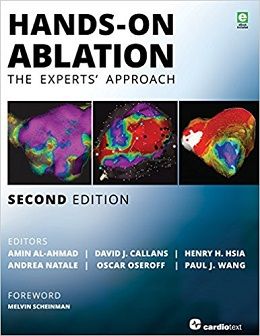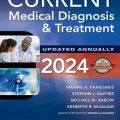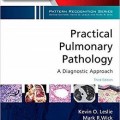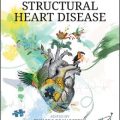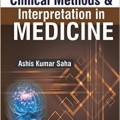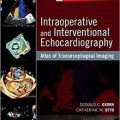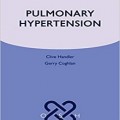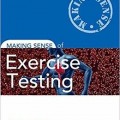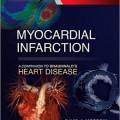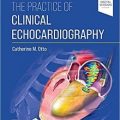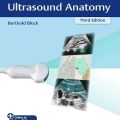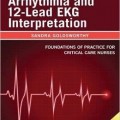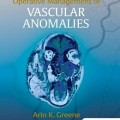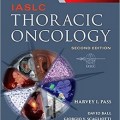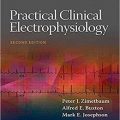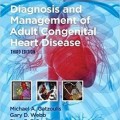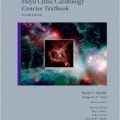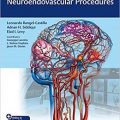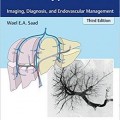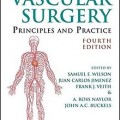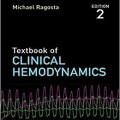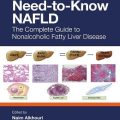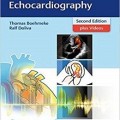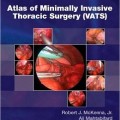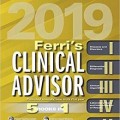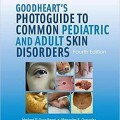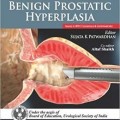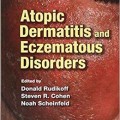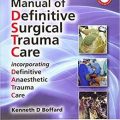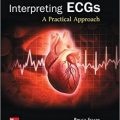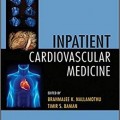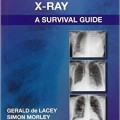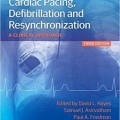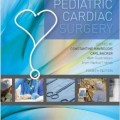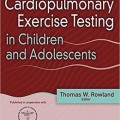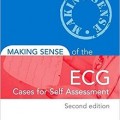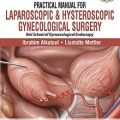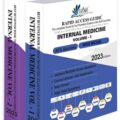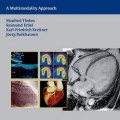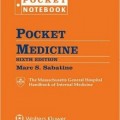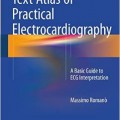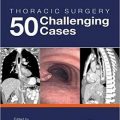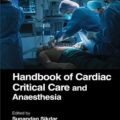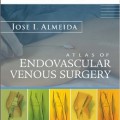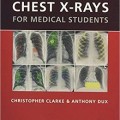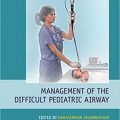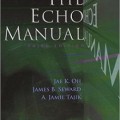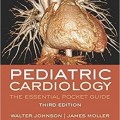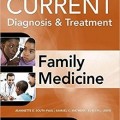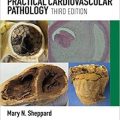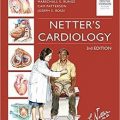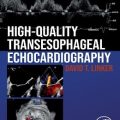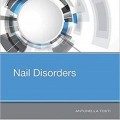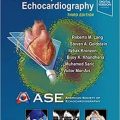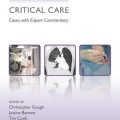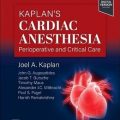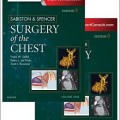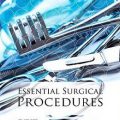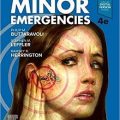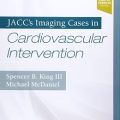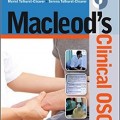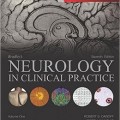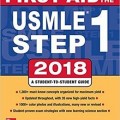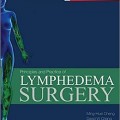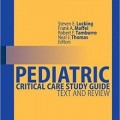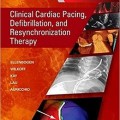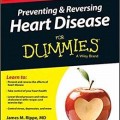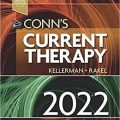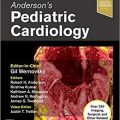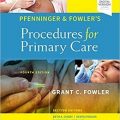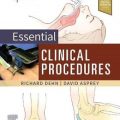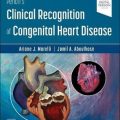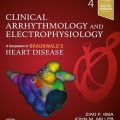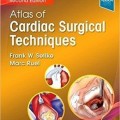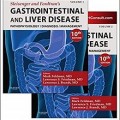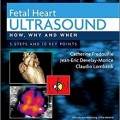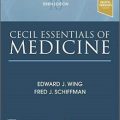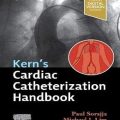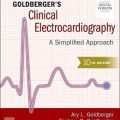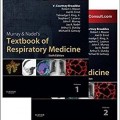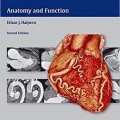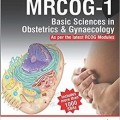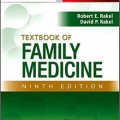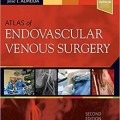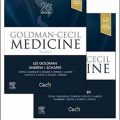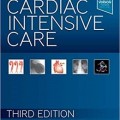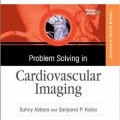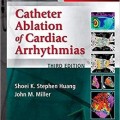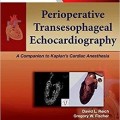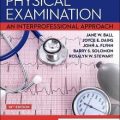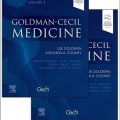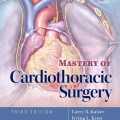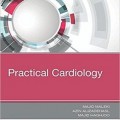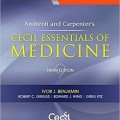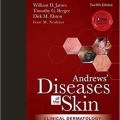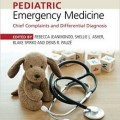دانلود کتاب ابلیشن عملی: رویکرد تخصصی + ویدئو
Hands-On Ablation: The Experts’ Approach, 2ed + Video
Clinically useful approaches for the effective diagnosis and ablation of arrhythmias.
This updated and expanded Hands-On Ablation, Second Edition is a comprehensive and unique book that gives an inside look at leading electrophysiology labs throughout the world and provides the reader with useful information and tips for ablation procedures directly from the experts themselves. Each chapter highlights the practical knowledge of the expert author with a specific procedure. Hands-on detail that helps translate new ideas and innovations into practice for the most state-of-the-art patient care. In-depth how-to approaches are described for over 50 procedures, including ablations for supraventricular tachycardia, atrial fibrillation, and ventricular tachycardia. A valuable reference for every electrophysiology lab to help differentiate diagnostic challenges. Fully illustrated with over 180 videos and 550 figures.
New in the Second Edition:
Chapters detailing the latest complex approaches to ablation of both atrial and ventricular arrhythmias.
A section on approaches to left atrial appendage closure.
An update of new technologies used for arrhythmia treatment.
۱۴ new chapters, 34 new videos (170 total), and 210 new figures.
About the Author
Contents
Chapter 1: How to Rapidly Diagnose Supraventricular Tachycardia in the Electrophysiology Lab
Chapter 2: How to Ablate Typical and Reverse Atrial Flutter
Chapter 3: How to Ablate Atrial Flutter Postsurgery
Chapter 4: The Ablation of Atrial Tachycardia
Chapter 5: How to Ablate Atrial Tachycardias in Patients with Congenital Heart Disease
Chapter 6: How to Perform Radiofrequency Ablation and Cryoablation for AV Nodal Reentrant Tachycardia
Chapter 7: Ablation of Left-Lateral Accessory Pathways
Chapter 8: Catheter Ablation of Accessory Pathways
Chapter 9: Right-Sided Accessory Pathways
Chapter 10: How to Diagnoser Map, and Ablate AVRT Due to Atriofascicular Conduction Fibers
Chapter 11: How to Ablate Accessory Path’ways in Patients with Ebstein’s Syndrome
Chapter 12: How to Perform a Transseptal Puncture
Chapter 13: How to Utilize ICE for Optimal Safety and Efficacy with Atrial Fibrillation Ablation
Chapter 14: How to Perform Pulmonary Vein Antral Isolation for Atrial Fibrillation
Chapter 15: How to Utilize Nonin’vasive Guidance for Persistent Atrial Fibrillation
Chapter 16: Howto Ablate Long-Standing Persisten tAtrial Fibrillation Using a Stepwise Approach: The Natale Approach
Chapter 17: How to Use Balloon Cryoablation for Ablation of Atrial Fibrillation
Chapter 18: How to Perform Pulmonary Vein Isolation Using Laser Catheter Ablation
Chapter 20: How to Perform Ethanol Ablation of the Vein of Marshall
Chapter 21: How to Ablate the Vein of Marshall
Chapter 22: Diagnosis and Ablation of Atrial Tachycardias Arising in the Context of Atrial Fibrillation Ablation
Chapter 24: Catheter Ablation of Autonomic Ganglionated Plexi in Patients with Atrial Fibrillation
Chapter 25: How to Perform Rotor Mapping for Atrial Fibrillation Ablation
Chapter 26: How to Utilize Frequency Analysis to Aid in Atrial Fibrillation Ablation
Chapter 27: How to Use Electroanatomic Mapping to Rapidly Diagnose and Treat Post-AF Ablation Atrial Tachycardia and Flutter
Chapter 28: Utilization of the Hansen Robotic Catheter Navigation System: The Austin Approach
Chapter 29: Hybrid Minimal Invasive Epicardial and Transvenous Catheter Ablation for Atrial Fibrillation
Chapter 30: Howto Perform Accurate Image Registration with Electroanatomic Mapping Systems
Chapter 31: How to Perform Atrial Fibrillation Ablation without the Use of Fluoroscopy
Chapter 32: How to Localize Ventricular Tachycardia Using a 12-Lead ECG
Chapter 33: Howto Diagnose and Ablate Ventricular Tachycardia from the Outflow Tract and Aortic Cusps
Chapter 34: How to Diagnose and Ablate Ventricular Tachycardia from the Papillary Muscles
Chapter 35: Howto Ablate Non-Gutflow Right Ventricular Tachycardia
Chapter 36: How to Map and Ablate Parahisian Ventricular Arrhythmias
Chapter 37: How to Ablate Ventricular Tachycardia from the Left Ventricular Summit
Chapter 38: How to Diagnose and Ablate Fascicular Ventricular Tachycardia
Chapter 39: Howto Map and Ablate Hemodynamically Tolerated Ventricular Tachycardias
Chapter 40: Howto Map and Ablate Unstable Ventricular Tachycardia:The University of Colorado and University of Pennsylvania Approach
Chapter 41: How to Map and Ablate Unstable Ventricular Tachycardia: The Brigham Approach
Chapter 42: Howto Map and Ablate Ventricular Tachycardia Using Delayed Potential in Sinus Rhythm
Chapter 43: Howto Utilize Electroanatomical Mapping to Identify Critical Channels for Ventricular Tachycardia Ablation
Chapter 44: Howto Use ICE to Aid in Catheter Ablation of Ventricular Tachycardia
Chapter 45: How to Perform an Epicardial Access
Chapter 46: Transcoronary Ethanol Ablation for Ventricular Tachycardia
Chapter 47: Howto Perform Epicardial Ablation in Postcardiac Surgery Patients
Chapter 48: Howto Perform Endocardial/Epicardial Ventricular Tachycardia Ablation
Chapter 49: Howto Ablate Ventricular Fibrillation Arising from the Structurally Normal Heart
Chapter 50: How to Ablate Ventricular Tachycardia in Patients with Congenital Heart Disease
Chapter 51: Mapping and Catheter Ablation for Ventricular Tachycardia Associated with Hypertrophic Cardiomyopathy
Chapter 52: Howto Ablate Ventricular Tachycardia in Patients with Arrhythmogenic Right Ventricular Cardiomyopathy/Dysplasia
Chapter 53: Howto Ablate Ventricular Tachycardia/Ventricular Fibrillation in Patients with the Brugada Syndrome
Chapter 54: How to Perform Surgical Ventricular Tachycardia Ablation in a Hybrid Lab
Chapter 55: How to Use Pace Mapping to Identify the Critical Isthmus
Chapter 56: Howto Ablate Scar-Related Ventricular Tachycardia Using Isochronal Late Activation Mapping
Chapter 57: How to Use Ventricular Assist Devices to Facilitate Ablation of Hemodynamically Unstable Ventricular Tachycardia
Chapter 58: How to Implant a Watchman Device
Chapter 59: How to Close the Left Atrial Appendage Using Endocardial and Epicardial Approach
+ ۱۸۰ Related Videos
لینک کوتاه : https://bookbaz.ir/?p=62520
نویسنده : Amin Al-Ahmad , David J. Callans
ناشر : Cardiotext Publishing; 2nd edition
سال انتشار : 2017
زبان کتاب : انگلیسی
نوع فایل : PDF
تعداد صفحات : 674$249.00
(ISBN) شابک : 1942909179
قیمت کتاب درآمازون : $249.00
حجم فایل : 220 MB


